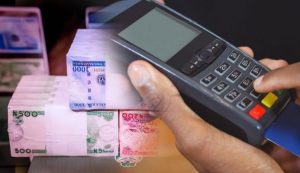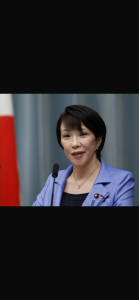
The Naira witnessed a slight appreciation in the parallel market on Monday, trading at N1,660 per dollar, an improvement from the N1,662 per dollar rate recorded over the weekend. While the change appears modest, it signifies a step forward in the informal forex market, which continues to play a pivotal role in meeting the foreign exchange needs of businesses and individuals unable to access dollars through official channels.
In contrast, the official foreign exchange market experienced a depreciation of the Naira. Data from the Daily Nigerian Foreign Exchange Market (NFEM), as published by the Central Bank of Nigeria (CBN), showed that the indicative exchange rate rose to N1,550 per dollar, marking a N10 depreciation from the N1,540 per dollar rate recorded last weekend. This movement highlights the continued pressure on the Naira within the formal financial sector.
Additionally, figures from FMDQ, a key platform for trading financial instruments in Nigeria, indicated that the official market’s indicative rate dropped further, closing at N1,545.1 per dollar.
This represented a decline from the N1,533 per dollar rate recorded last Friday, pointing to sustained volatility and supply-demand imbalances in the regulated market.
As a result of these market dynamics, the gap between the parallel market and official market exchange rates narrowed significantly. The differential reduced to N110 per dollar, down from the N122 per dollar disparity observed the previous week.
This contraction reflects some convergence between the two markets, though the gap remains substantial and indicative of structural inefficiencies within Nigeria’s foreign exchange framework.
These fluctuations emphasize the challenges faced by the country in maintaining currency stability amid high demand for foreign exchange, driven by factors such as rising import bills, capital flight, and limited dollar inflows from oil and non-oil sectors.
Analysts have attributed the Naira’s performance to ongoing supply shortages, speculative trading activities, and the slow pace of reforms aimed at improving market efficiency.
In response, the Central Bank of Nigeria (CBN) has restated its commitment to stabilizing the Naira and reducing the disparity between official and parallel market rates.
However, achieving this goal requires addressing deep-rooted economic challenges, including diversifying foreign exchange sources, boosting export earnings, and enhancing investor confidence.
As Nigeria navigates its foreign exchange challenges, experts are calling for more decisive actions, such as unifying the multiple exchange rate regimes, implementing measures to curb speculative activities, and fostering a more transparent and competitive forex market.
Such reforms, combined with strategic fiscal and monetary policies, could provide a long-term solution to Nigeria’s foreign exchange instability and bolster the Naira’s value across all market segments.








